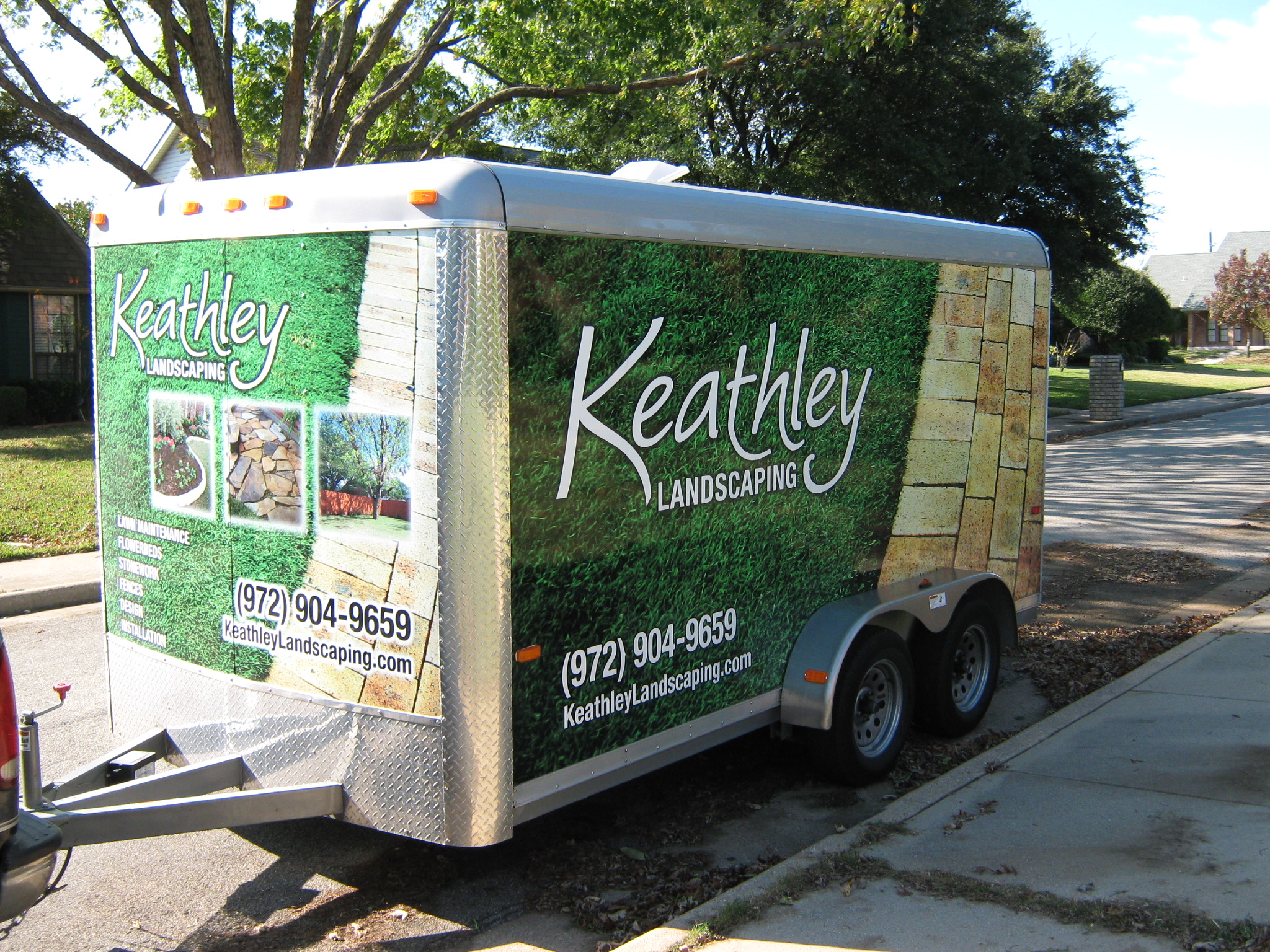The Importance of Regular Yard Drainage Inspections
Water management is crucial for any homeowner, and one of the most often overlooked aspects is yard drainage. Regular yard drainage inspections can save you from a myriad of problems, from soil erosion to basement flooding. This blog post will delve into why these inspections are vital, how they can be conducted, and what benefits they bring to your property.
Understanding Yard Drainage: The Basics
Yard drainage involves managing the flow of excess water away from your home and landscape. Proper drainage prevents water from pooling and causing damage. Without adequate drainage, water can saturate the ground, leading to soil erosion, plant damage, and even structural issues with your home. According to the Environmental Protection Agency (EPA), improper drainage can lead to water damage costing American homeowners billions annually.
Common Yard Drainage Problems
There are several common drainage problems that homeowners face. These include:
- Poor Grading: Improper grading can cause water to flow towards your home instead of away from it.
- Clogged Drains: Leaves, dirt, and debris can clog drains, leading to water pooling.
- Soil Compaction: Compacted soil can prevent water from seeping into the ground, causing surface runoff.
Why Regular Inspections Matter
Regular inspections can identify potential issues before they escalate into significant problems. Here are some reasons why these inspections are important:
Preventing Structural Damage
Water can be incredibly destructive to a home’s foundation. Excess moisture can lead to cracks and structural weaknesses over time. Regular inspections help identify areas where water may be accumulating and causing damage.
Maintaining Landscape Health
Your landscape can suffer tremendously from poor drainage. Waterlogged soil can suffocate plant roots, leading to poor growth or even plant death. By conducting regular checks, you can ensure your garden thrives.
Avoiding Pest Infestations
Standing water is a breeding ground for pests such as mosquitoes. By ensuring proper drainage, you reduce the risk of pest infestations.
How to Conduct a Yard Drainage Inspection
Conducting a yard drainage inspection doesn’t always require professional help. Here’s a step-by-step guide to performing your own inspection:
Step 1: Visual Inspection
Start by walking around your yard after a rainstorm. Look for standing water, soggy areas, or places where water flows improperly. Note any areas where water pools close to your home’s foundation.
Step 2: Check Gutters and Downspouts
Ensure that gutters and downspouts are clear of debris and functioning correctly. Downspouts should direct water at least five feet away from the foundation.
Step 3: Evaluate Soil and Plants
Examine the soil for signs of compaction or erosion. Check the health of plants, as poor drainage can often manifest in plant health.
Step 4: Test Drainage Systems
Test any installed drainage systems, such as French drains or dry wells, to ensure they are operating effectively. Pour water into the system to see if it drains properly.
Professional Inspection: When to Call the Experts
While DIY inspections are helpful, there are times when professional expertise is necessary. If you notice persistent drainage problems, or if your property has complex landscape features, consider hiring a drainage specialist. They can provide advanced solutions such as regrading, installing new drainage systems, and performing comprehensive assessments.
Benefits of Regular Yard Drainage Inspections
Beyond preventing damage, regular inspections offer several other benefits:
Increased Property Value
A well-maintained yard with effective drainage systems can increase your property’s value. Potential buyers appreciate landscapes that are both beautiful and functional.
Enhanced Environmental Impact
Proper drainage helps reduce soil erosion and runoff, which can carry pollutants into waterways. By maintaining effective drainage, you contribute to a healthier environment.
Cost Savings
Addressing drainage issues early can save significant repair costs down the line. The cost of prevention is often much less than the cost of fixing water damage.
Actionable Tips for Homeowners
To maintain effective drainage, homeowners can take several proactive steps:
- Regularly clean gutters and downspouts to prevent blockages.
- Ensure proper grading by having your yard evaluated periodically.
- Install rain barrels to manage excess water and reduce runoff.
- Consider landscaping with native plants that require less water and are adapted to local conditions.
Conclusion: The Key to a Healthy Home
Regular yard drainage inspections are essential for maintaining the integrity and beauty of your home. By understanding common drainage issues, conducting regular checks, and knowing when to call in professionals, you can protect your property from water damage and increase its value. Implement the tips provided to ensure your yard remains a safe, functional, and attractive part of your home.
Remember, diligent maintenance today can prevent costly repairs tomorrow. Make yard drainage inspections a routine part of your home care strategy.






































Recent Comments